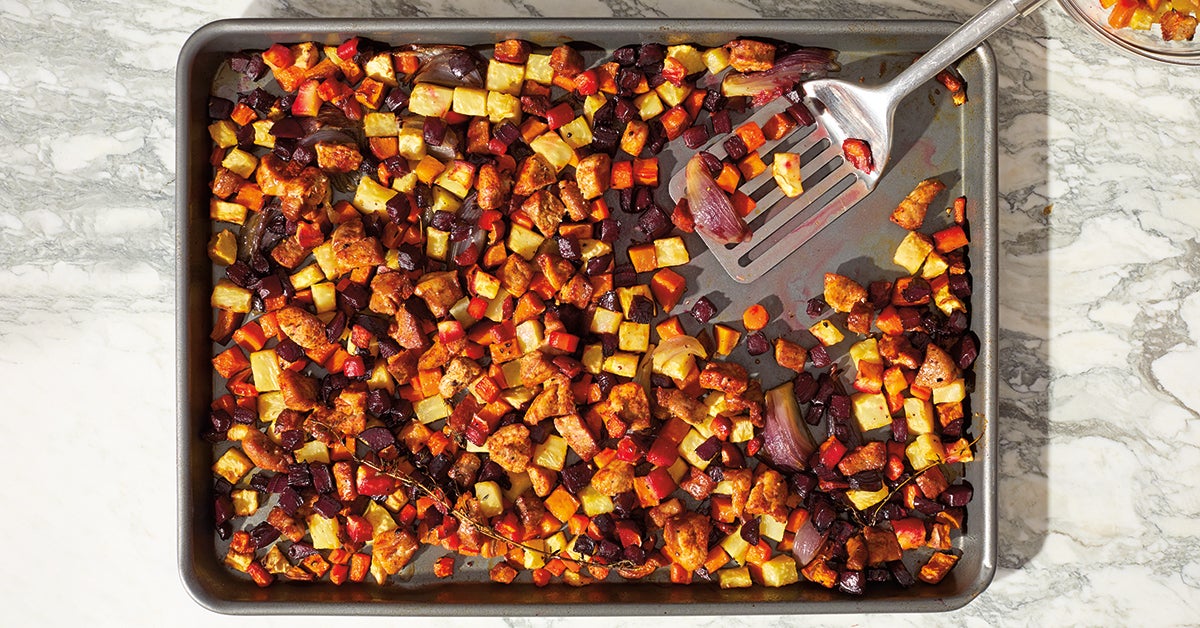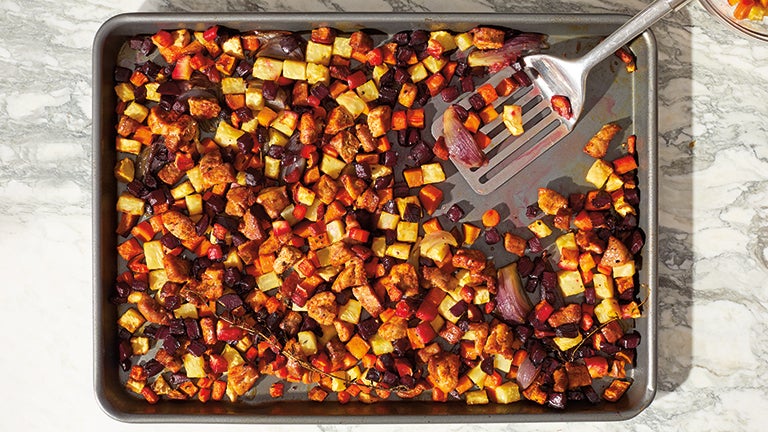ZeroPoint Cheat Sheet: Non-Starchy Vegetables


“Zero” usually means “nothing.” But at WeightWatchers®, ZeroPoint™ foods are everything! While plans are customised to each member, there’s one universal category of ZeroPoint foods that everyone has: non-starchy veggies.
What counts as a “non-starchy vegetable”?
|
|
Do the veggies have to be fresh and/or raw?
Nope. They can be cooked or raw, fresh or frozen, or even canned (as long as there’s no added oil or sugar).
How do I add Points® by eating non-starchy veggies?
Eat a handful of non-starchy vegetables and track it in the WW app, simple as that. To estimate a handful, picture a volume about the size of your fist. If you’re dining on a WW recipe that contains enough non-starchy veggies in it to add you a Point, your daily Budget will automatically increase by 1 PersonalPoint when you track the dish.
If you prepare your non-starchy veggies with ingredients that do have Points values, you should track those ingredients. For example, if you dress a salad with olive oil, then you should track the oil.
As you’re cultivating your new non-starchy veggie habit, one important point to remember: It’s the volume you ultimately eat, not the volume you start out with. For example, if you’re starting out with 250g of spinach (a notorious shrinker), you’ll probably wind up with 1 cup once it's sautéed, so you would track 1 handful and add 1 PersonalPoint. And, again, it’s OK to eyeball the amount.
Why do you add a Point for eating these?
Non-starchy vegetables are filled with tons of nutrients—potassium, vitamin C, and specifically fibre, which helps you stay fuller, longer. Adding Points to your Budget rewards you for developing this healthy habit.